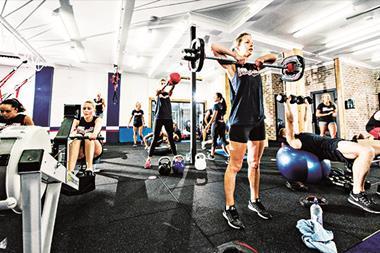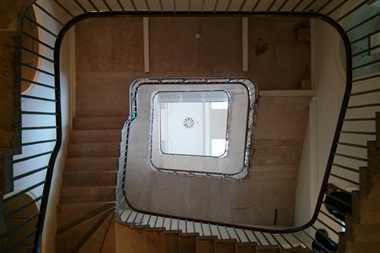Many of the technologies currently being trialled and rolled out by retailers were unthinkable 10 years ago.

Augmented reality changing room mirrors, personalised messaging via iBeacon and software that enables people to customise products in store are already making their mark.
And as more technologies become viable, the pace of change will only quicken.
If in the past the use of technology in store has seemed gimmicky, it is not anymore.
Driven by the rise of online shopping and click and collect, shoppers now expect retailers to offer a seamless experience online and in store. After all, if the consumer doesn’t distinguish between shopping channels, why should the retailer?
This blurring of lines between online and offline means the purpose of the physical store no longer needs to be purely transactional; it can also be to drive awareness of the brand and even drive online sales. This evolution in the function of the store means that retailers’ requirements are changing.

Retail tenants need greater power output and superfast wireless broadband, but do they need large stores? Probably not. Certainly not in the number they had. We could even see the digitally-driven trend for large showrooms reversed. Do shoppers need them if the full product range is available to browse on in-store tablets and consoles?
Opinions are split on whether stores will shrink but potentially grow in number. Whatever the outcome, there can be no doubt the retail experience of the future will be nothing like today’s. As BNP Paribas Real Estate’s Fiona Hamilton says: “We are on the cusp of a new wave of retail.” And, as is usually the case in the fickle world of retail, those who fail to adapt quickly risk being left behind.
Mia Hunt is Property Week’s market reports editor






























No comments yet